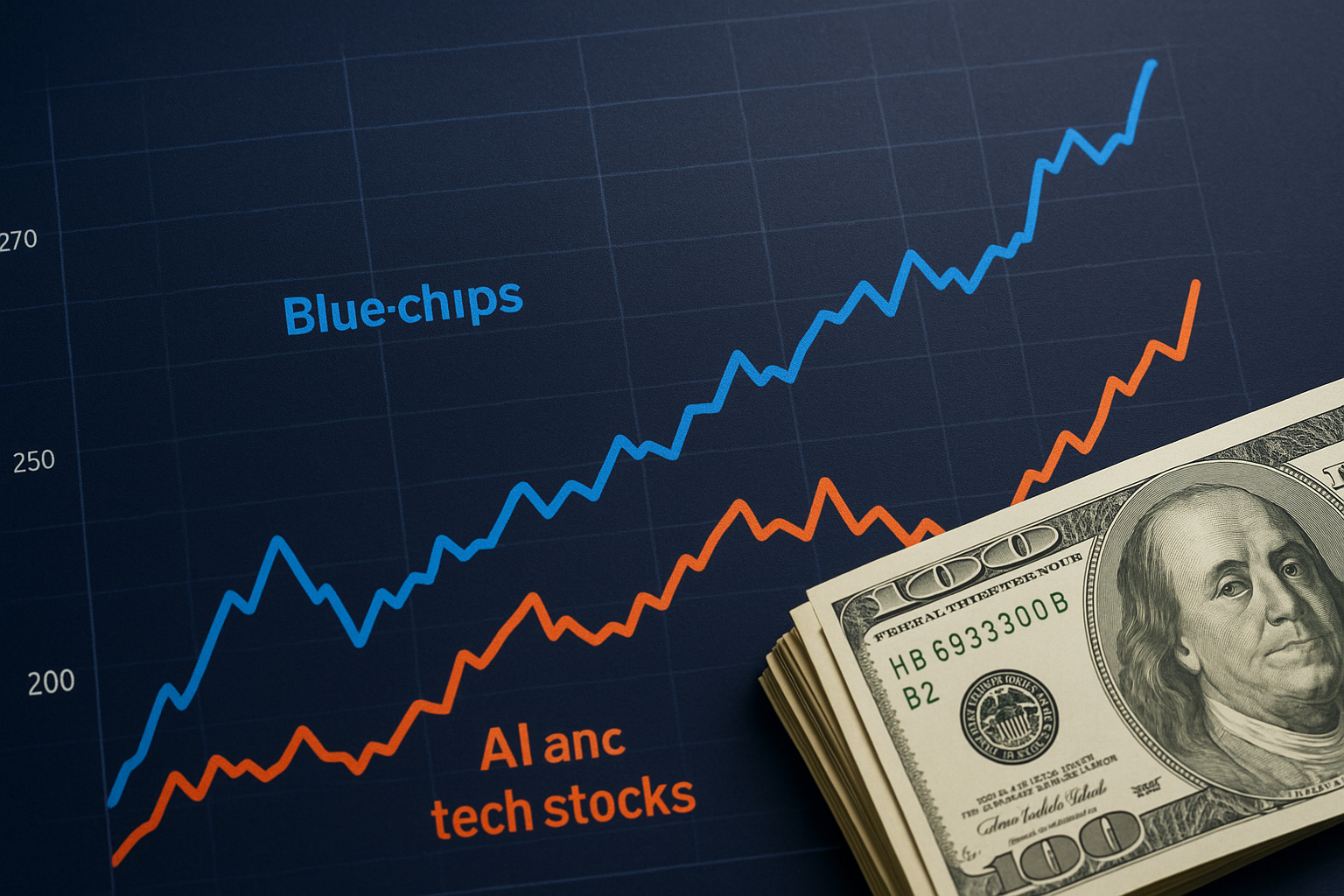In a move that signals just how fast traditional finance is embracing blockchain infrastructure, Visa Inc. (NYSE: V) has launched a pilot program allowing businesses in the United States to send payments directly into USD-backed stablecoin wallets, such as USDC. The initiative, unveiled through Visa’s official investor relations site, aims to make payouts to creators, freelancers, and gig workers faster and more accessible — bypassing traditional banking rails altogether.
The announcement comes amid a global push for faster, cheaper, and programmable payments, a domain once reserved for crypto natives but increasingly dominated by financial giants like Visa, PayPal, and Mastercard.
Bridging Traditional Finance and Blockchain Infrastructure
Visa’s stablecoin payout pilot uses Visa Direct, the company’s global push payments platform, and leverages blockchain networks to deliver instant settlements. Businesses can now distribute payments that arrive in a recipient’s crypto wallet instead of a bank account — instantly available for spending or conversion.
According to Visa, the pilot is designed to “speed up access to funds” for the fast-growing creator and gig economy, a market projected by McKinsey & Company to exceed $500 billion annually by 2030. The payments giant emphasized that this is not a crypto experiment but part of a broader strategy to modernize settlement systems in a world where digital currencies and blockchain rails are becoming mainstream.
“Visa continues to bridge the worlds of traditional payments and blockchain-based assets,” the company said in its press statement. “This pilot shows how stablecoins can complement existing financial infrastructure while expanding financial inclusion.”
Why This Matters for Investors
The significance of this pilot extends well beyond crypto enthusiasts. It represents a major validation of stablecoins as a viable medium for institutional-grade transactions. Analysts from Bloomberg Intelligence note that Visa’s entry adds legitimacy to a space that regulators and banks have historically approached with caution.
For investors, the implications are two-fold:
- Mainstream integration of stablecoins suggests long-term adoption potential and the creation of new financial rails that can power instant, low-cost global transfers.
- Increased regulatory visibility — the U.S. Treasury and Federal Reserve have both hinted at new frameworks governing stablecoin issuers like Circle (USDC) and Paxos. This could benefit early-compliant platforms while sidelining unregulated issuers.
With over 70 billion USDC in circulation and daily transaction volumes exceeding $4 billion, the move by Visa could accelerate institutional adoption, influencing not only fintech valuations but also adjacent industries such as blockchain infrastructure, compliance tech, and payment APIs.
Competitive Landscape: Visa vs. PayPal vs. the Fintech Frontier
Visa’s announcement follows PayPal’s PYUSD rollout and Mastercard’s CBDC network expansion, signaling that the world’s top payment processors see crypto integration not as a niche experiment, but as a competitive necessity.
According to CNBC’s November 2025 fintech outlook, legacy payment firms are under pressure to maintain relevance as decentralized payment networks and neobanks attract younger, crypto-savvy users. The pilot, therefore, represents a strategic hedge — one that could help Visa maintain dominance in digital transaction processing.
In Canada and the U.S., adoption is already visible through partnerships with wallet providers and fintech platforms integrating stablecoins for cross-border remittance. Analysts expect further announcements from Visa in early 2026 as the company expands pilot programs to Latin America and Europe.
Future Trends to Watch
- Regulatory clarity: The U.S. House Financial Services Committee is expected to finalize a stablecoin regulation bill by 2026. Clearer oversight could enable banks and fintechs to scale blockchain payment operations more confidently.
- Earnings impact: While near-term financial impact on Visa is minimal, analysts at Morningstar suggest early blockchain adoption could boost Visa’s transaction efficiency and settlement margins by 2–3 % annually by 2027.
- Ecosystem expansion: Visa’s collaboration with stablecoin issuers and wallet developers could unlock new business models — including programmable payments, real-time payroll, and micro-transactions.
Key Investment Insight
Visa’s pilot represents the first large-scale institutional validation of stablecoins within a regulated payments framework. For investors, this is an inflection point: traditional finance is no longer competing with crypto — it’s integrating it.
Exposure opportunities include:
- Public equities: Visa (V), Mastercard (MA), PayPal (PYPL), and Coinbase (COIN).
- Infrastructure plays: Circle (private), Block (SQ), and stablecoin-compliant fintechs.
- Risk considerations: Regulatory uncertainty, compliance costs, and the potential for volatility in stablecoin reserves.
As the lines blur between traditional payments and blockchain systems, Visa’s pilot could become a case study in how established players modernize finance without abandoning regulation.
Stay ahead of these developments with MoneyNews.Today — your trusted source for daily investor news, trends, and market-driven analysis.





